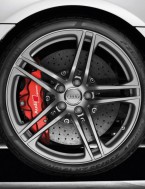
In this section, let’s take a look at one factor that determines the location of your car’s brake calipers.
First, we look at the front wheels. You may find many front-wheel-drive cars have their front brake calipers in front of the axle, that is because for FWD layout, the engine is usually transversely placed in front of the axle. With such layout, the steering arm can not be placed in front of the axle because the transversely placed engine acts like a wall to block the passage of the steering shaft. Therefore, the steering arm can only be located after the axle, which means there is no place left for the brake system at the same location...
Read More

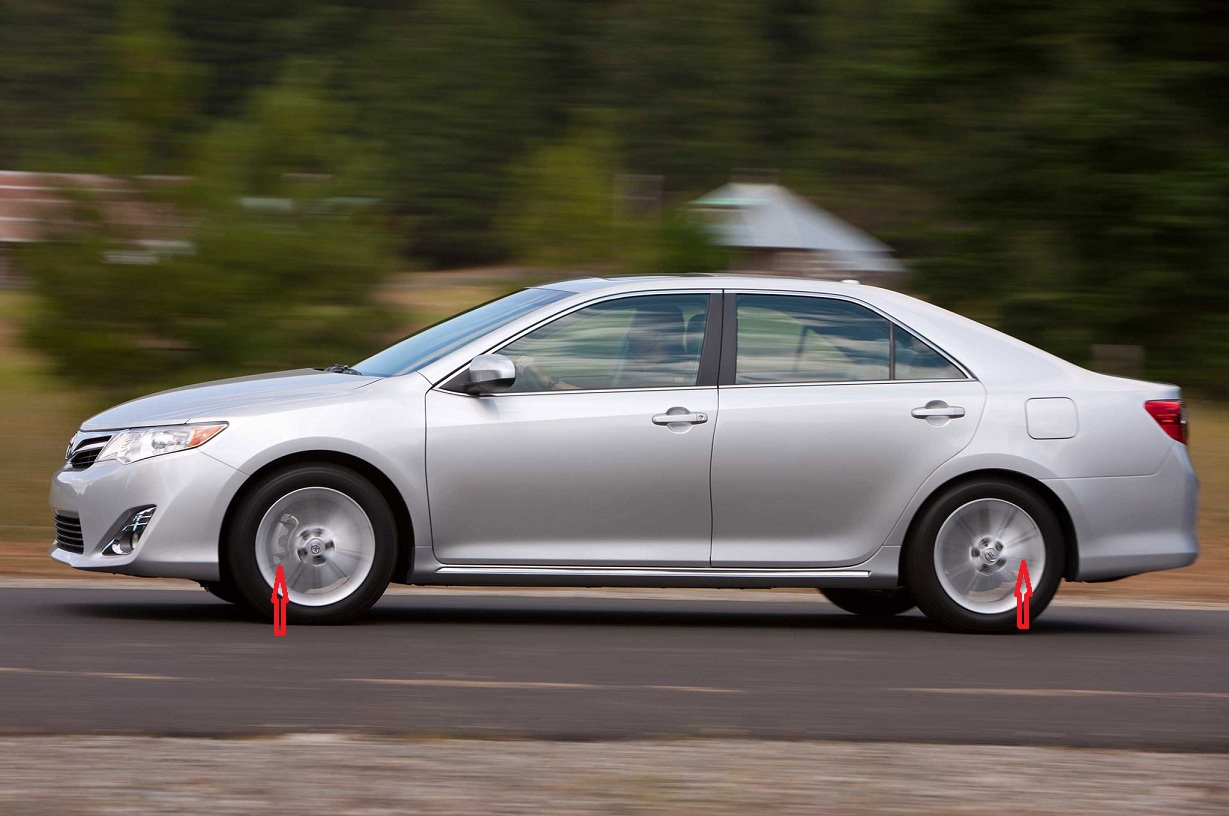
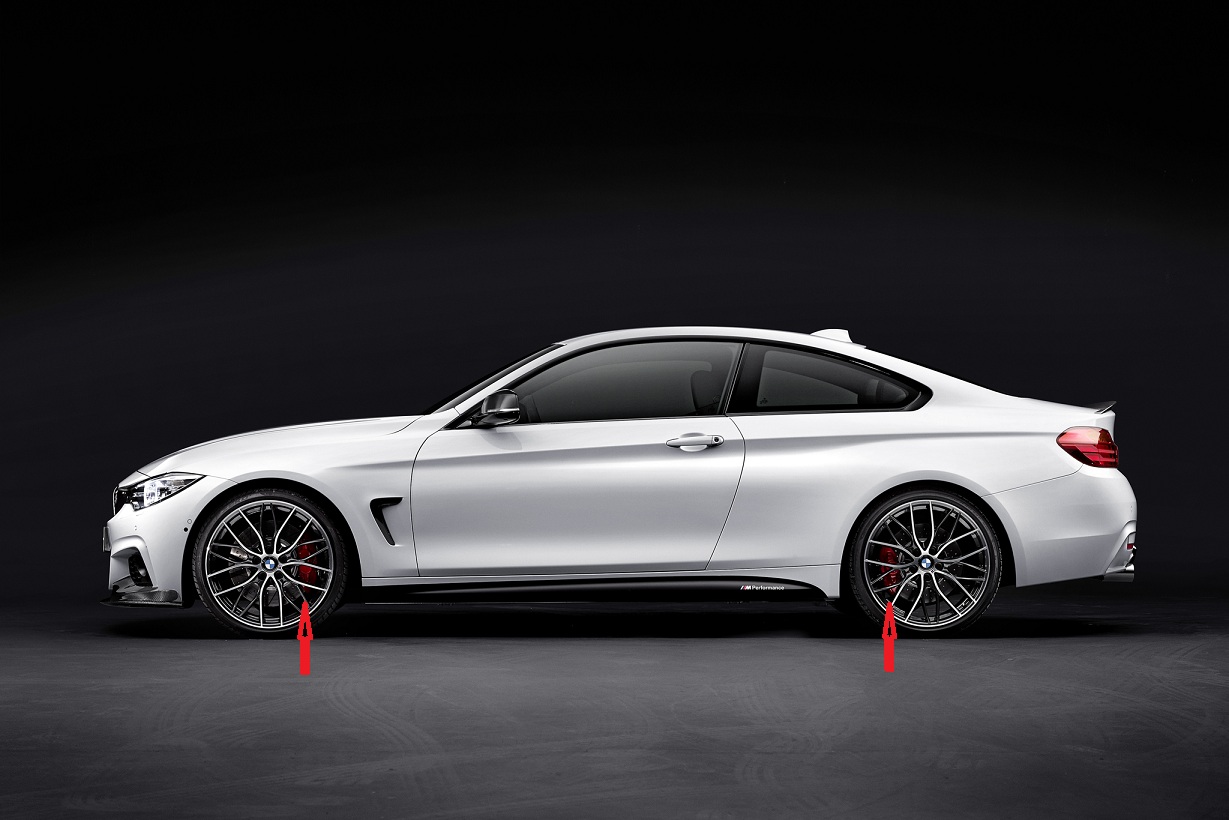
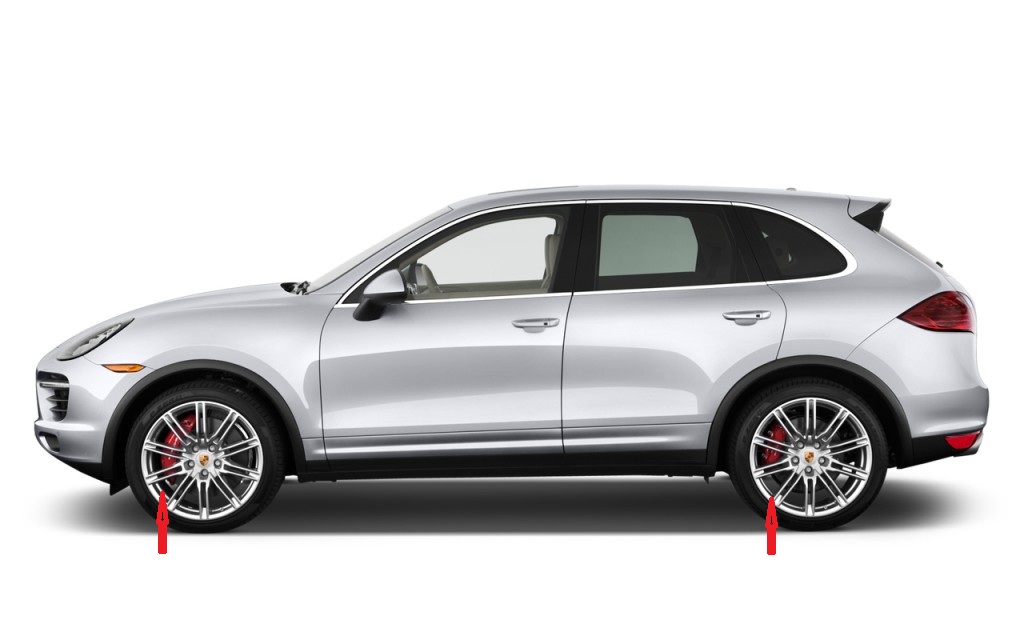
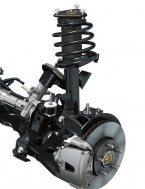
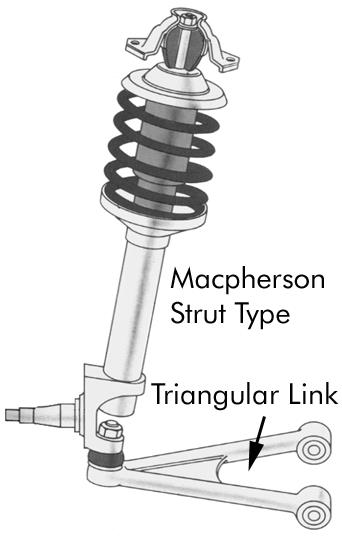
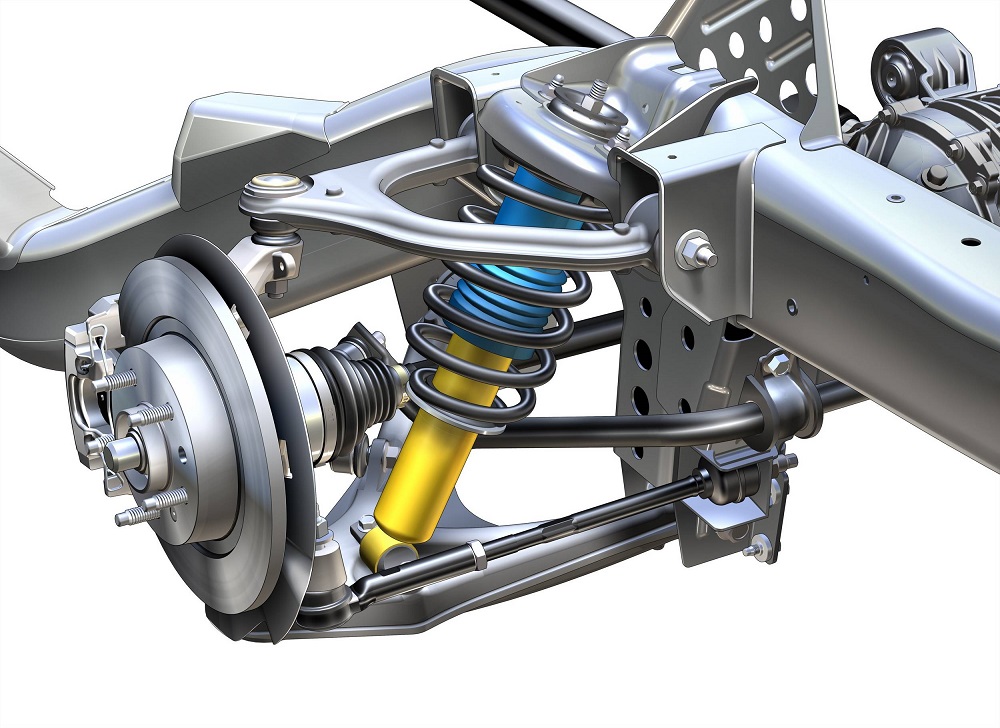
Recent Comments